Suunto 9 Peak smartwatch review: big on style, not so hot on substance
The Suunto 9 Peak lacks Garmin’s software gloss but tries to make up for it with smartwatch style. Here's our review
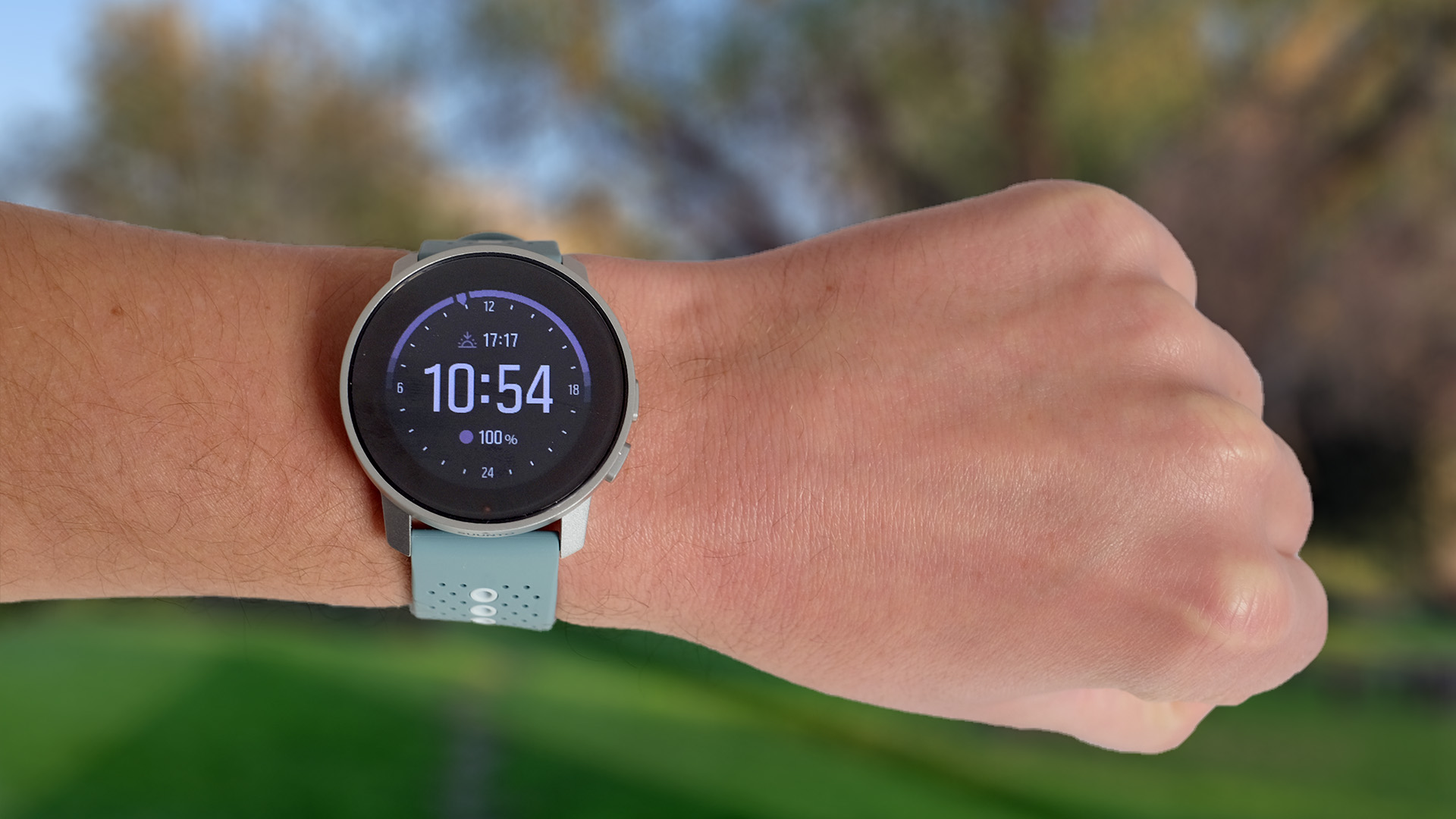
The Suunto 9 Peak is a high-end fitness watch that looks more stylish, and weighs less, than the competition. That had better sound appealing, though, because rivals offer more reliable stats, broader features and slicker software.
-
+
Light, and comfortable enough to wear 24/7
-
+
Solid support for navigating pre-planned routes
-
+
A design unlike most high-end fitness watches
-
-
Unreliable HR sensor
-
-
No on-watch maps
-
-
Software feels a bit clunky these days
Why you can trust T3

The Suunto 9 Peak is a top-end Suunto smartwatch. Up at this lofty elevation you have this or the Suunto 9 Baro to choose from. It looks and feels totally different to the Garmin watches you might buy with a $600/£500 budget to blow. The watch face is relatively petite, far cuter looking than almost any other pricey fitness watch, particularly in the Moss Green finish I have here.
Battery life is not really affected by that either, with similar stamina to the larger Suunto 9 Baro. However, the software seems dated next to that of a Garmin Fenix 7, which costs slightly less than the titanium Suunto 9 Peak, or £110 more than the standard stainless steel version.
Other parts seem clunky too, and I have some issues with its heart rate readings during mixed intensity workouts. Still, there are plenty of advanced features offered here, including pre-workout route planning for hikers, walkers and phone-free runners, and the ability to connect additional sensors over Bluetooth (but not ANT+).
We've already pitted the Suunto 9 Peak vs Suunto 9 Baro, with interesting results. If you're looking for the best outdoor watch or best fitness watch around, let's take a closer look at this high-end Suunto is worth considering. Read on for my full Suunto 9 Peak smartwatch review.
- Discover the best cheap smartwatch
Suunto 9 Peak review: price and availability
The Suunto 9 Peak was released in June 2021. You can buy direct from Suunto, from a handful of handful of specialist retailers, or Amazon.
If you’ve searched for this watch and found wildly varying prices, that’s probably because you are seeing the costs of the stainless steel and titanium versions.
The steel Suunto 9 Peak costs $569/£489, the titanium one $699/£609. Is it worth the upgrade? Titanium can be a huge benefit in bulky watches that risk being uncomfortably heavy, as it is lighter than steel. In this mid-size watch the difference is 10g, so you had better care about weight.
Suunto 9 Peak review: design and build
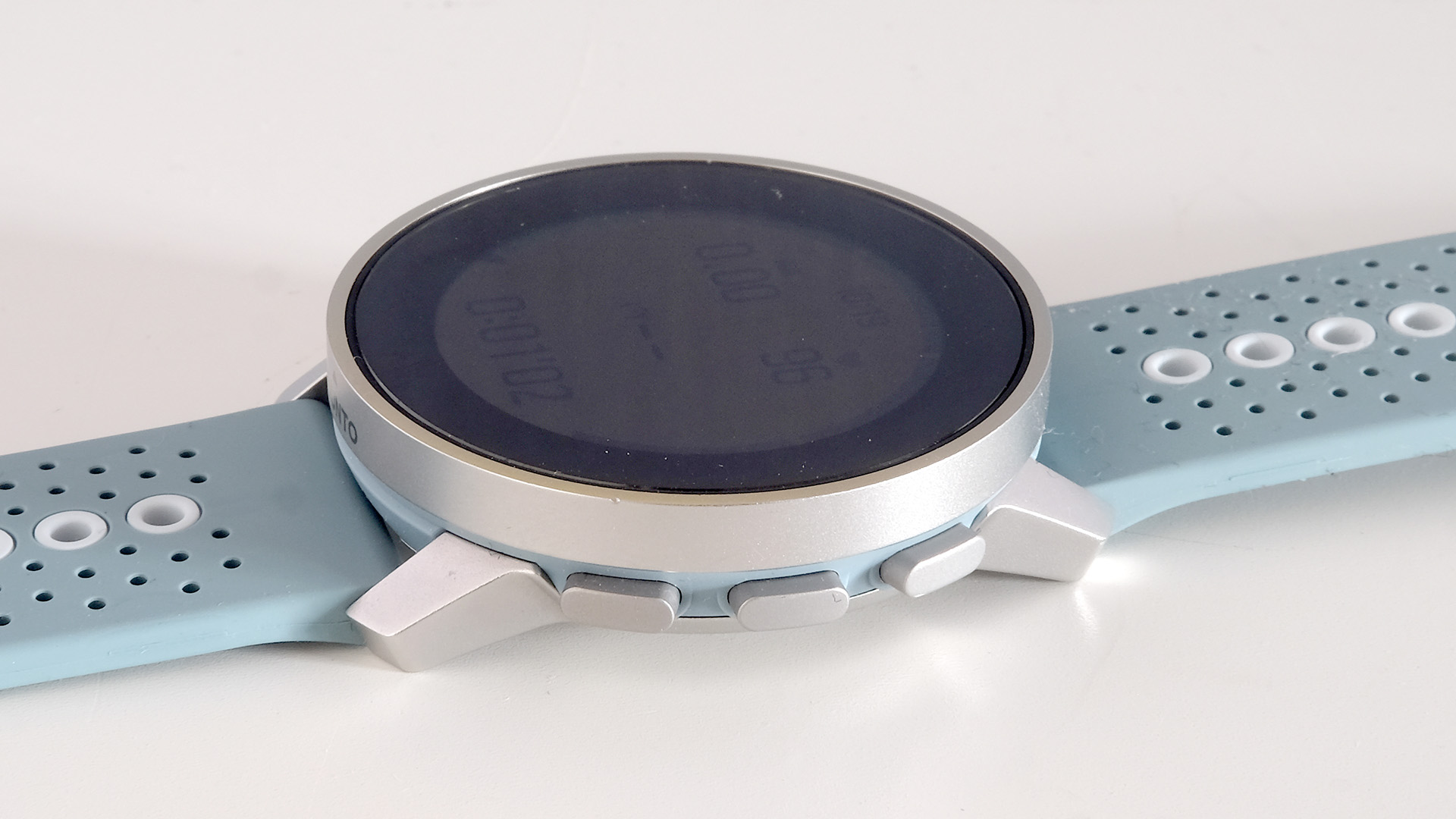
The Suunto 9 Peak design is likely to appeal if you think most Garmin and Polar watches look like try-hards, the equivalent of someone who would corner people at a party to drone on about marathon training and 'macros'. It’s lighter, brighter, and more fun-looking. More smartwatch than sports watch.
Suunto has not thrown away all the important stuff just for a pretty face, though. The Suunto 9 Peak has 10ATM water resistance. You only need to take it off for swimming a way below the surface of the sea or a pool.
This is also, shock horror, one of just a few devices we’ve reviewed recently that is not made in China. “Designed and made in Finland” is not something you read too often, although of course plenty of the components that make up the Suunto 9 Peak probably were made in China.
The display glass is excellent Sapphire, a cut above the also-great Corning Gorilla Glass formulations used in watches, and you have a choice of stainless steel or Titanium for the outer casing. Ours is steel, and weighs 62g all-in: watch part plus strap.
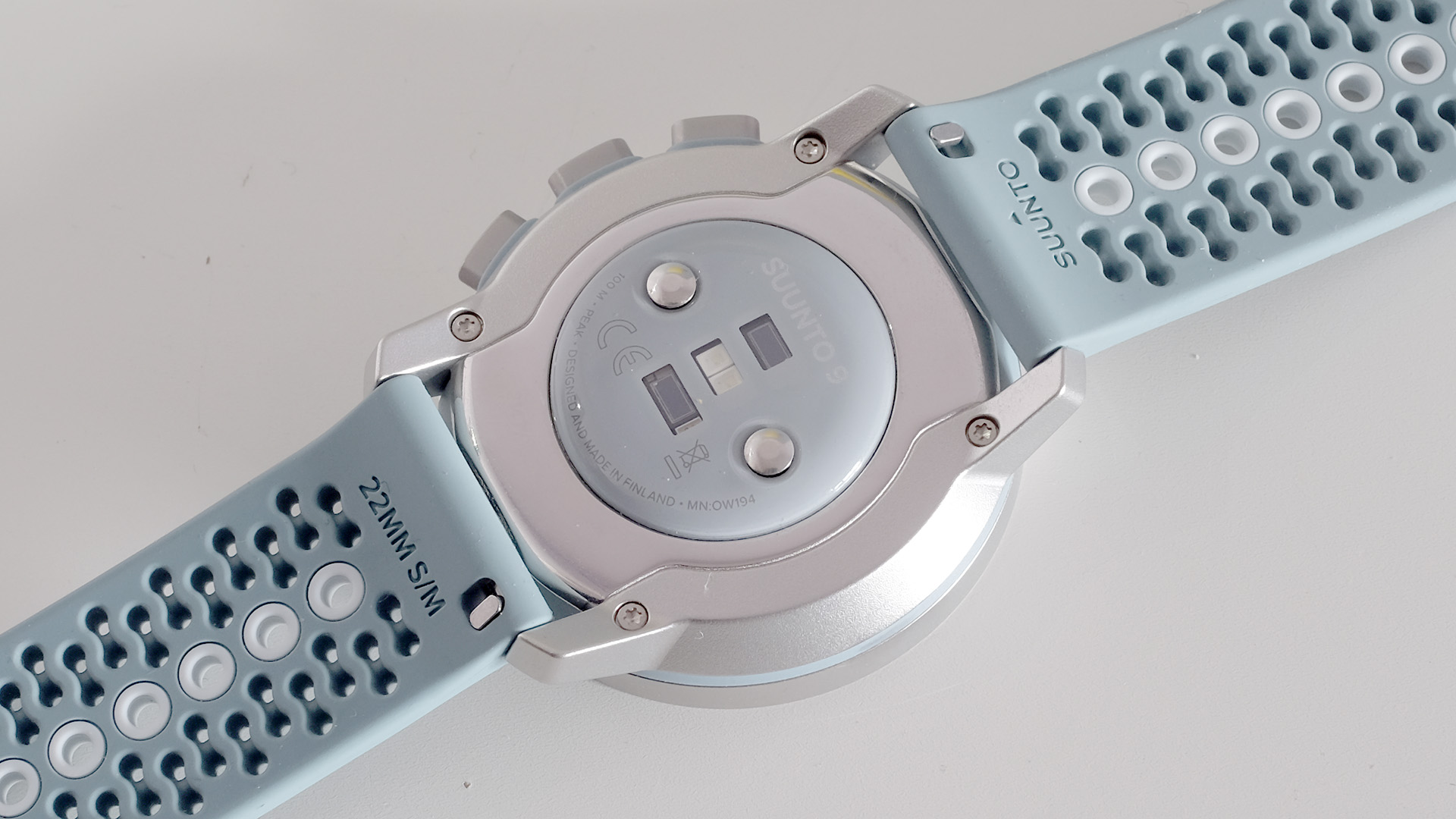
It’s noticeably lighter than a Garmin Fenix 7, but for a breezy feel that matches the look you might want to consider the upgrade to the titanium version. At 52g it gets close to the weight of an Apple Watch or Fitbit Sense.
There are reasons not to, mind. The stainless steel Suunto 9 Peak should theoretically be the tougher of the two, but I have still managed to ding the edge of the bezel. This watch has squared-off corners, and this means when you knock it there’s a good chance a very small surface area is going to take the impact. That glint of bright dented steel under the muted outer finish winks away whenever it catches the light.
The Suunto 9 Peak has no protective lip over the display glass either, which you typically see in a fitness watch at this level. There’s a cost to looking this good.
Suunto 9 Peak review: display and Interface
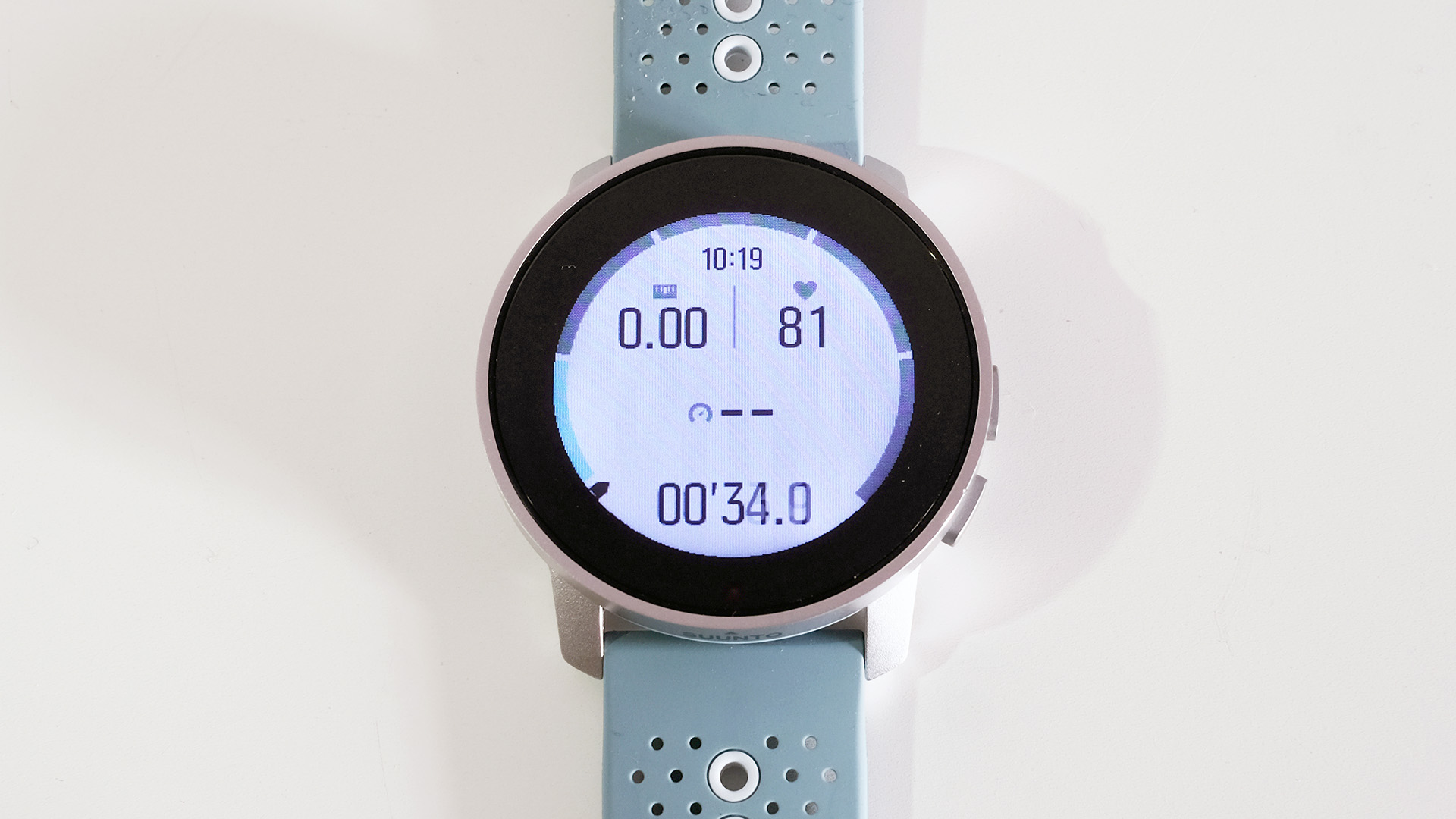
A disparity between the outer hardware design and the display style becomes clear as soon as you start using the Suunto 9 Peak. There’s a thick blank border between the 1.2-inch screen and the end of the watch face. It’s so pronounced that while the watch has the same size of display as the Garmin Fenix 7S, the 9 Peak’s total width is actually fractionally larger.
It’s also important not to expect the kind of smartwatch display the Suunto 9 Peak’s outer design seems to suggest it may have. This watch uses a 240 x 240 MIP-style screen, one that looks dim but can display content 24/7 while barely using any power. It thrives off ambient light, only becoming clearer on sunny days — the polar opposite of a smartwatch.
For the first few days of testing I found the Suunto 9 Peak too dim, despite having spent the last couple of months with the comparable Garmin Fenix 7. This watch’s Sapphire glass seems to be more reflective than Gorilla Glass and offers noticeably worse indoors visibility than the step down Suunto 5 Peak, which has a basic plastic screen.
Displays like this use front lights, similar to classic digital watches, to make them more clearly visible indoors. The Suunto 9 Peak’s light is quite dim at its default setting. Consider switching to the “high” setting if you buy one of these watches. Its “raise to wake” gesture is also not very sensitive at all.
This is meant to make the light turn on when you whip the Suunto 9 Peak around to your face, but it often does not. It leads to a sense the watch display is dim, or slow to react, even though this is actually the deliberate result of weighing up gesture sensitivity against battery use.
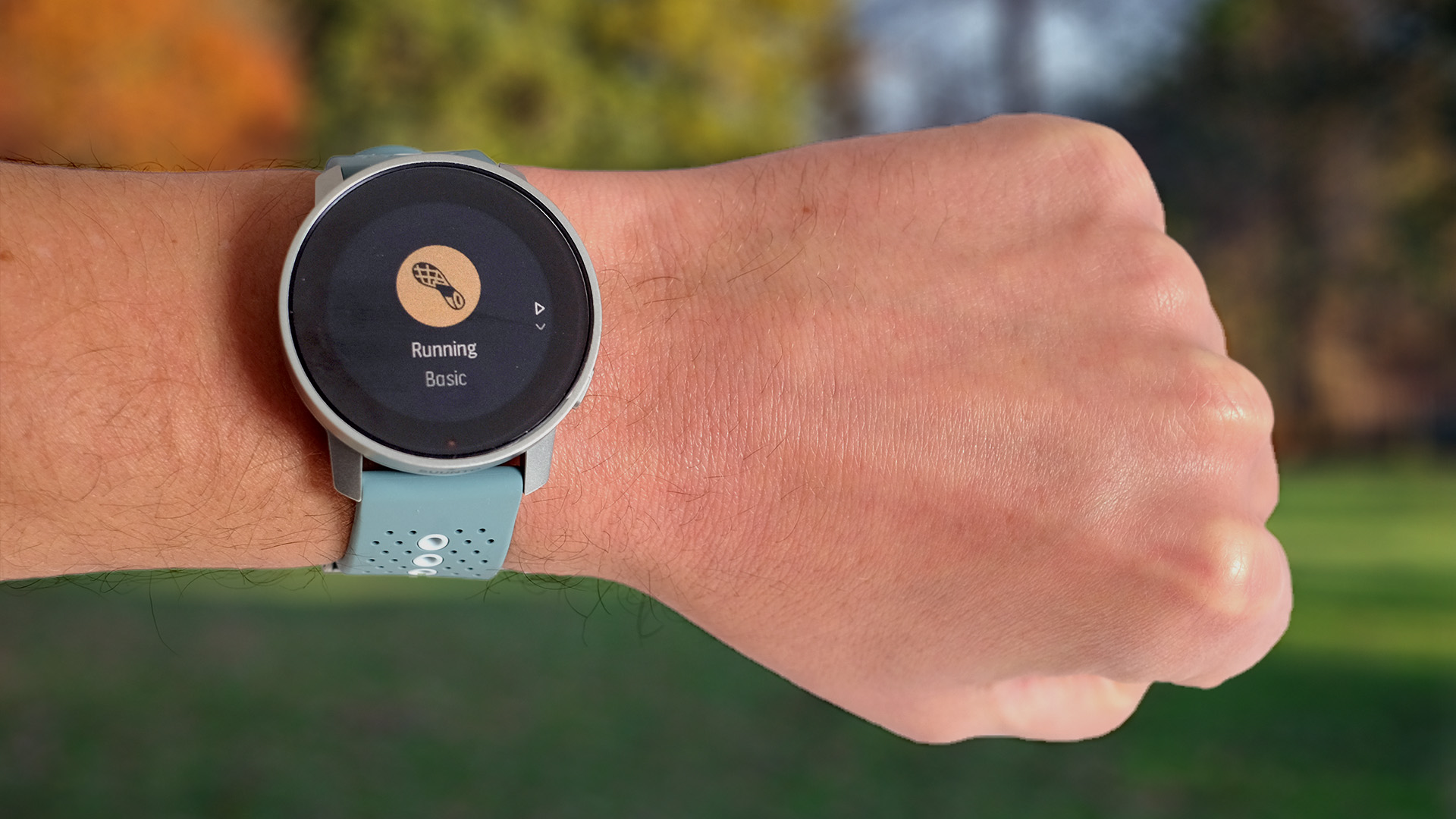
Unfortunately that sense of being a step behind your interactions carries on in the interface. The Suunto 9 Peak has software similar to the last generation Suunto devices. Touchscreen swipes or button presses scroll through vertically arranged screens that sit above and below the watch face.
The ones above the face let you access exercise and navigation modes, the timer and Settings menu. The ones below show your daily stats: heart rate, training status, steps, altitude, sleep info and your VO2 Max.
It’s a clear split that means the Suunto 9 Peak takes very little time to get to grips with if you are vaguely familiar with fitness watches. However, the “one stat per screen” leads to a lot of scrolling, and there’s a little too much lag when looking at your stats.
Swipe down to your heart rate and there’s a wait of up to two seconds before anything appears. This would be somewhat understandable if the Suunto 9 Peak were taking a fresh reading, but it has all-day HR tracking so why not just show the last reading?
There’s a clunkiness here that shouldn’t not be present in a watch that can cost up to $700. It spreads out elsewhere too.
The Suunto 9 Peak can receive notifications from your phone, including those of apps like WhatsApp. As standard these are accompanied by a bleat from the on-board beeper speaker and a buzz vibration. The only way to get rid of the insufferable beep is to turn audio alerts off completely — doing so is highly recommended. And I’m still tempted to disable them entirely because the vibration motor is unrefined. There’s no control over its strength and the buzz is too obtrusive.
Complaining about haptics may sound like someone moaning about the shape of a fork in a restaurant, but this stuff matters when it might fire off 100 times a day or more.
Suunto 9 Peak review: adventuring chops
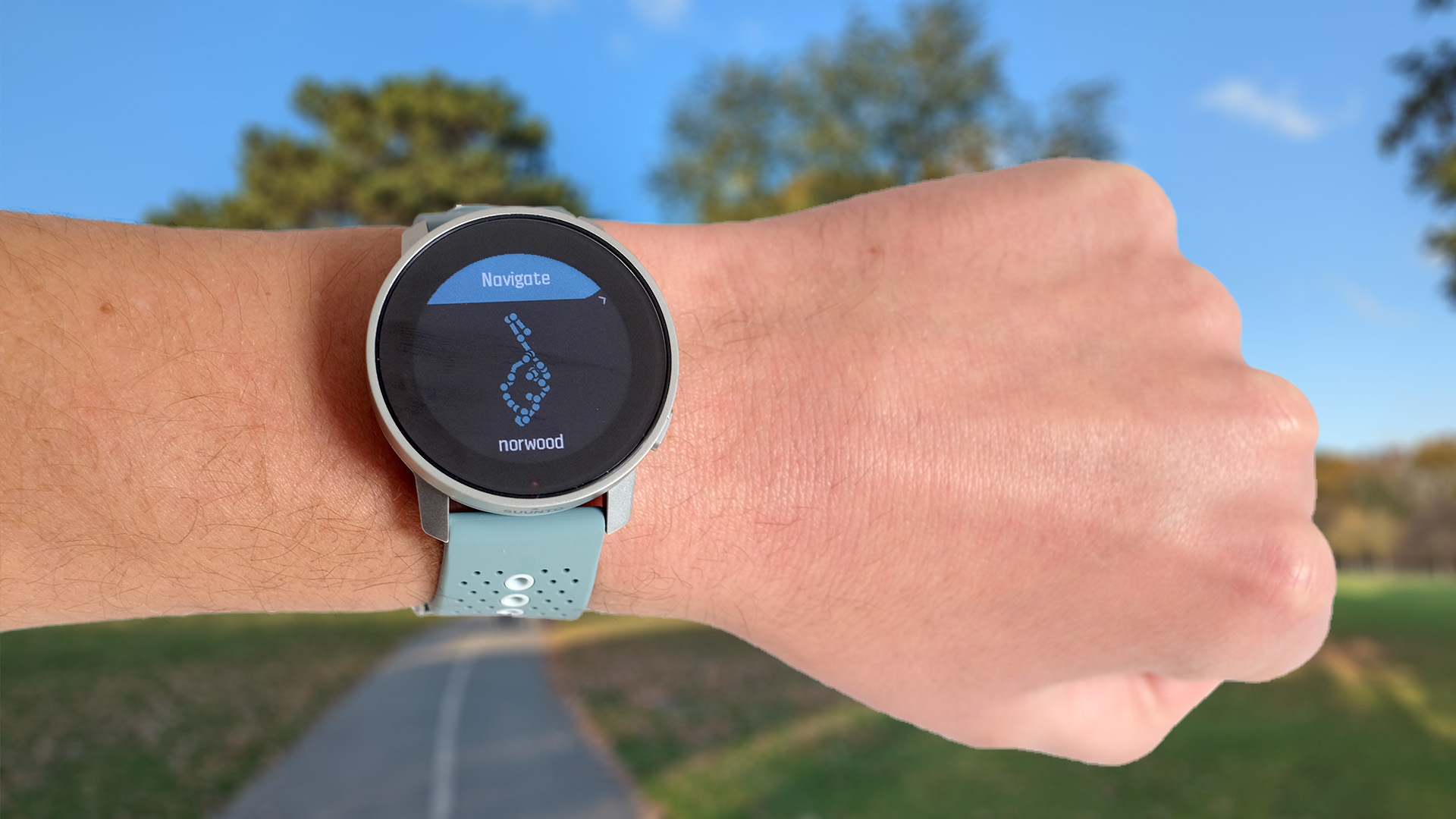
There are areas in which the Suunto 9 Peak series should improve, but it does have some important features that justify its position as a high-end sports watch.
The most obvious of these are in its Navigation mode. Once you are up and running with the Suunto app on your phone, you can create a route or import one using a gpx file.
Suunto’s app uses Mapbox maps, and devising one of these routes can be as simple as just tapping waypoints along the way. As standard it will snap to recognised paths and roads, but if you will be hiking rather than biking you can switch to the free drawing mode for more control.
The app calculates distance and elevation, offering a good idea of what you’re getting yourself into before you set off. There are also supplementary “snap to” modes for different kinds of cycling, to avoid rough paths that would be a nightmare to ride on a road bike.
Alternatively, you can save points of interest, letting you navigate to them without having a prescribed route.
But how to these routes actually appear on the watch? The Suunto 9 Peak does not have on-watch maps. Sync your routes and they appear as line guides without the context of surrounding roads, obstacles and fields. However, the watch does offer turn-by-turn navigation and a guide as to how close you are to the original route if, for whatever reason, you end up diverting from it.
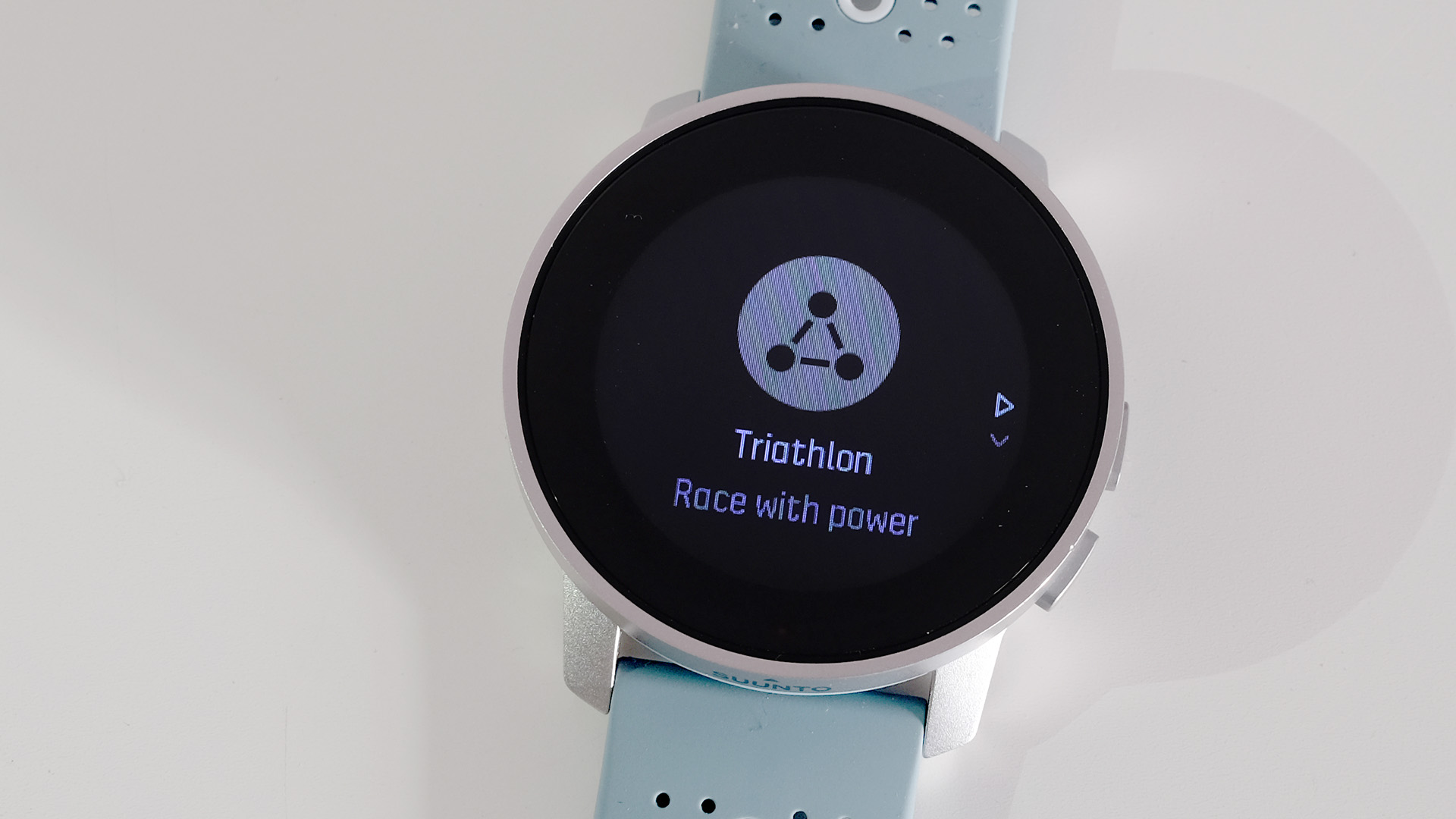
Some of you may actually prefer this to full mapping. If you’re on a walk out in the country, you can be sure you’re not going the wrong way without feeling welded to a digital map on your wrist or phone. However, there’s real pressure from Garmin here. The entire Fenix 7 range now has full on-watch maps. You can download entire countries’ and continents’ worth of data, which provides a much richer experience.
Without the additional context of actual maps, can you do much navigation-wise without planning everything beforehand on your phone? You can, but you have to dig a little deeper. At any point you can use the Your Location mode to log a position. This spits out a coordinates reading, which initially seems a bit useless. However, you can save these as “points of interest”, tagging them using a pre-made library of key words.
This will be useful for logging the location of your tent or car, or a meeting point. Suunto’s tags also suggest you might want to use it for hunting locations, but we’re not hunter types.
Suunto 9 Peak review: tracking and accuracy

The other big section of the Suunto 9 Peak is Exercise, where you find the standard activity logging modes for everything from walking and cycling to yoga. Suunto’s phone app also lets you create your own modes, using tags for less common activities like frisbee and fishing.
You then fill each stat screen with metrics of your choosing, from a library of exactly 100 (if our counting is correct). Some of the more interesting info points you can have include things like average vertical speed, maximum temperature and estimated time of arrival to your set end point.
These also make use of the Suunto 9 Peak’s sensors aside from the heart rate sensor and GPS: a temperature sensor, altimeter and compass.
It has all the stuff a high-end watch needs, and can connect to other sensors over Bluetooth. One of the most obvious uses here is a bike power meter, required for some of the info panes. However, the Suunto 9 Peak does not have ANT+ as well, which is a shame.
This watch also lacks the more accessible side of watch-based fitness tracking. There are no fully guided workouts, no yoga sessions that show you the positions to adopt, and no structured weights workouts. In the modes for yoga and weights, your heart rate and the time spent is the only real meat in the stats.

However, I am entirely happy with the Suunto 9 Peak’s GPS performance. It picks up the location outdoors within a handful of seconds once properly updated via the Suunto app, and over a 7.5km run its logged distance was within 10m of that recorded by the Garmin Epix. It supports a wide range of location standards too: GPS, GLONASS, GALILEO, QZSS and BEIDOU.
Heart rate results are less reassuring. During one workout where the exertion level was varied every few minutes, in about 50 per cent of the higher stress sections it settled on far too low a heart rate, about 20 bpm lower than the readings of the Garmin Epix 2 and a chest strap. This suggests the watch will at times rely too much on algorithm-led error correction, and will on occasion get the wrong end of the stick.
At other times, though, the results were perfectly sound. Were I reviewing the Suunto 9 Peak around its launch I’d suggest these aberrations might be fixed in a firmware update, but the watch has been around for a while.
Suunto 9 Peak review: battery life
Suunto says the 9 Peak will last up to seven days off a charge in its “smartwatch” mode, 14 days as a basic watch, or for 25 hours of full GPS tracking. Alternatively, lower-power modes let it last up to 160 hours while tracking hikes with less regular GPS location checks.
A one hour 20 minute tracked run took six per cent off the battery, which is close enough to the claimed drain. Use the Suunto 9 Peak for a couple of long runs or a shorter one every other day, with notifications from your phone, and you can expect it to last around six days.
That’s not too bad at all, although plenty of Garmins last longer. If you’re here for a softer-looking watch, the Venu 2S or Venu 2 Plus might be the ones to consider. They last 11 and nine days a piece, although you can halve each of those numbers if you want to use their “always on” display modes.
Suunto 9 Peak review: verdict

The Suunto 9 Peak is a serious fitness watch that does not look too serious. It has some neat navigation features that could be great for hikers, campers, geocachers and those who like to plan walks and runs before they head out for them.
You do need to dig under the surface to discover the extent of these features, and there are no proper on-watch maps, but there’s enough substance here.
Suunto should look to give its software a more extensive revamp in future, though. While the brand doesn’t necessarily need the step-by-step workouts found in lots of more mainstream watches, it feels unpolished and slow in 2022. This may not ruin your experience, but it certainly stands out in a watch that costs up to $700.
Sign up to the T3 newsletter for smarter living straight to your inbox
Get all the latest news, reviews, deals and buying guides on gorgeous tech, home and active products from the T3 experts

Andrew is a freelance tech and entertainment journalist. He writes for T3, Wired, Forbes, The Guardian, The Standard, TrustedReviews and Shortlist, among others.
Laptop and computing content is his specialism at T3, but he also regularly covers fitness tech, audio and mobile devices.
He began writing about tech full time in 2008, back when the Nintendo Wii was riding high and smartphones were still new.
-
 Warning: Ciele’s refreshed Elite Collection may cause excessive garment envy on race day
Warning: Ciele’s refreshed Elite Collection may cause excessive garment envy on race dayFlex on your run crew with Ciele’s latest drop
By Matt Kollat Published
-
 Smeg adds a touch of navy sophistication to its iconic breakfast set
Smeg adds a touch of navy sophistication to its iconic breakfast setIt's a minimalist's dream
By Lizzie Wilmot Published
-
 My most anticipated Netflix movie of the year gets a wild new trailer
My most anticipated Netflix movie of the year gets a wild new trailerHavoc looks pretty unbelievable
By Max Freeman-Mills Published